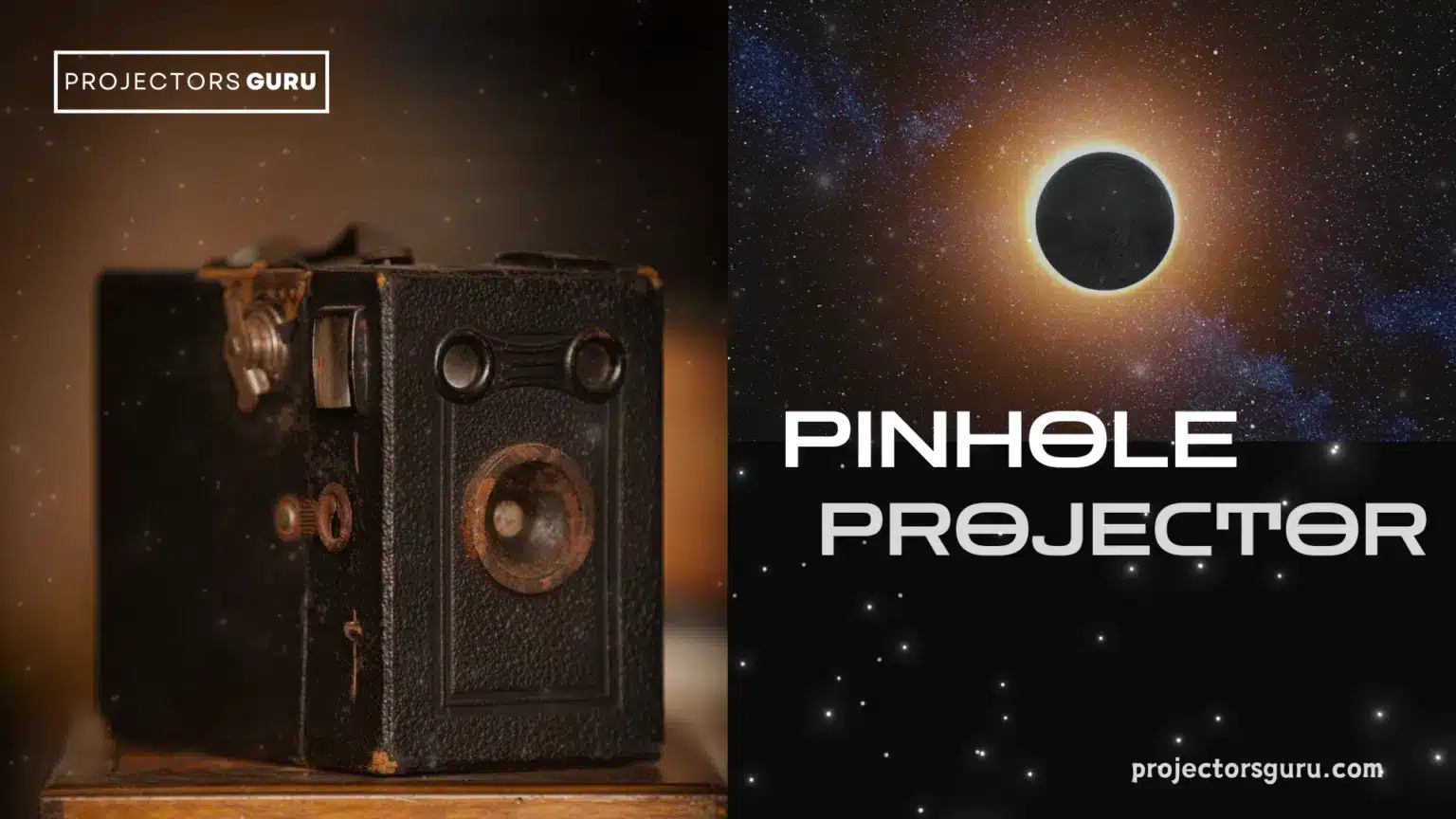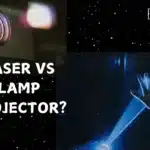Hello to all our science experts! Do you love experimenting with your work assignments? Well, good news is; here is another one for you to indulge in. the making of a pinhole projector. Creative science projects are really fun, especially when they’re regarding the great solar system. But sometimes we want to view the magnificent solar eclipse, and we might need a pinhole camera for that. However, do you know what actually a pinhole camera is? We’d answer that. During solar eclipses and other times when viewing the sun is dangerous, a simple and safe tool to employ is a pinhole projector. To make it function, sunlight is let into the box through a tiny hole, and an inner surface is projected with an inverse picture of the sun. To avoid damaging your eyes, you can use this technique to watch the sun indirectly. It’s a do-it-yourself equipment that works well for observing solar events securely. Before going through the tips for making it, let us see how it actually works.
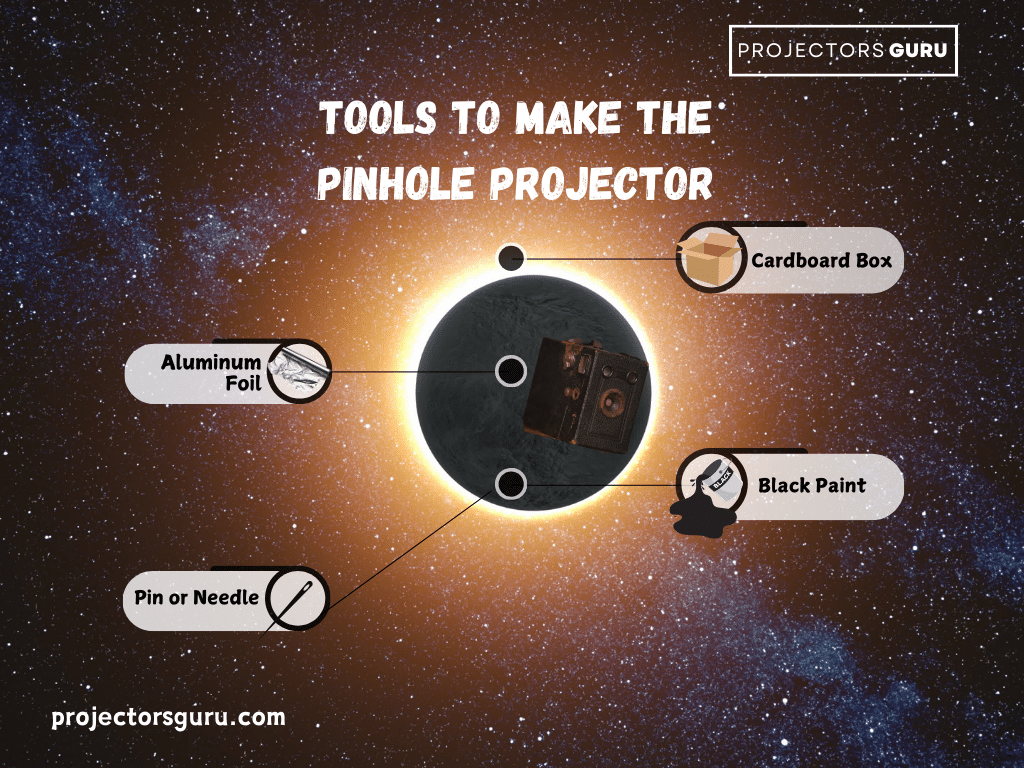
How Does the Pinhole Projector Work?
Above, we talked a bit about what actually is a pinhole projector, but do you know how it works in detail?
The idea upon which a pinhole projector works is both straightforward and intriguing. It projects an inverse picture onto a surface through a tiny hole. To give you a quick rundown;
- Basic Operation: The basic principle is that light beams enter a tiny hole and, on the other side, produce an inverted image. This idea is comparable to that of the camera obscura and pinhole cameras.
- Image Inversion: Because light travels in straight lines, an image can be inverted when light rays from an object at the top, such as the sun, pass through a pinhole and appear at the bottom of the screen.
- Eclipse Viewing: To project the sun’s rays onto the screen, place the projector so that they shine through the pinhole. As the eclipse continues, the moon’s shadow will shift since it is blocking some of the sun’s light.
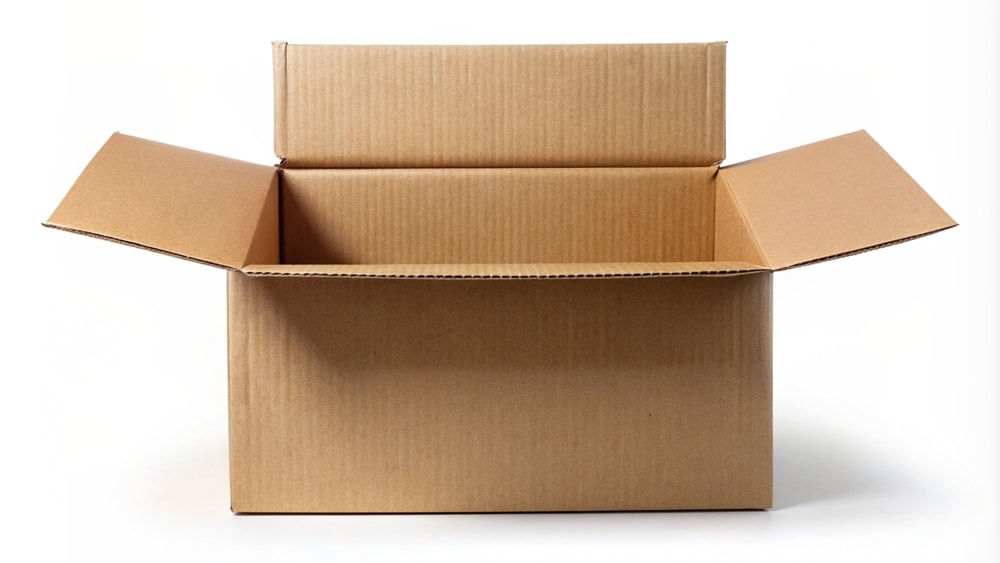
Materials Needed
To construct a pinhole projector, you require some tools and equipment that helps you to start making it. Let us take a look.
- Shoe box (or any other camera box)
- Aluminum foil
- Photo paper or white sheet of paper
- Scissors
- Tape a piece of card or sturdy paper
- Pen or pencil
- Small hole punch or needle (to poke a tiny hole)
- Dark paint or material to make the box lightproof
Steps by Step Process to Make the Pinhole Projector
Now let us get down to the steps on how to make the best pinhole projector ever.
Create the Projector Box
- Select a small, rectangular box such as a shoe box or cereal box.
- Paint the interior black or line it with dark paper to ensure it’s lightproof.
Prepare the Pinhole
- Cover one end of the box with aluminum foil, securing it with tape.
- Poke a tiny hole in the foil with a needle or pin for sharp images.
Create the Viewing Screen
- Attach photo paper or a sheet of paper on the opposite end of the box.
- Secure the paper with tape to prevent movement.
Assemble the Box
- Ensure the box is fully closed to block out stray light.
- Focus light only through the pinhole for effective projection.
Tips for Using the Pinhole Projector
You must keep in mind some tips for a safe use of a pinhole projector camera.
- Exposure Time: Since you’re projecting sunlight, you don’t need to worry about long exposure time. The image will appear instantly as the sunlight hits the paper inside the box.
- Improving Image Clarity: The sharpness of the image can be improved by adjusting the size of the pinhole. Experiment with different hole sizes to find the one that provides the clearest image.
- Holding the Projector: Make sure to hold the box steady while viewing the sun. Any movement can blur the projected image. Also make sure always to clean your projector lenses for clear viewing.
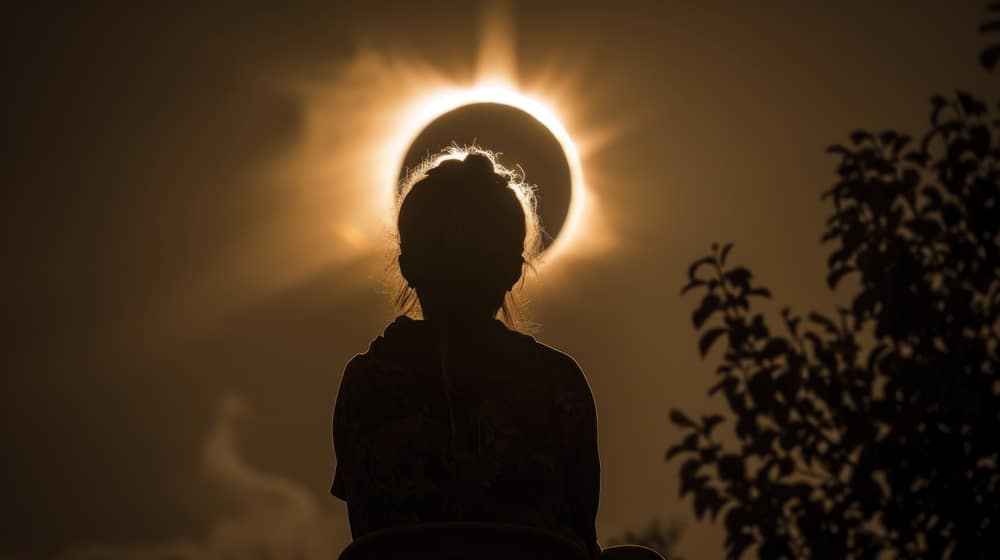
Why Use a Pinhole Projector for Solar Eclipses?
Using a pinhole viewer projector for solar eclipses is a safe and educational choice.
- Eye Protection: It shields your eyes from harmful solar rays, unlike sunglasses which are inadequate.
- Safe Viewing: Enables you to observe the eclipse indirectly, reducing the risk of eye damage.
- Educational: Offers insight into light and optics, echoing the ancient camera obscura technique.
A pinhole projector combines safety with a unique learning experience, letting you safely enjoy the eclipse while exploring optical principles.
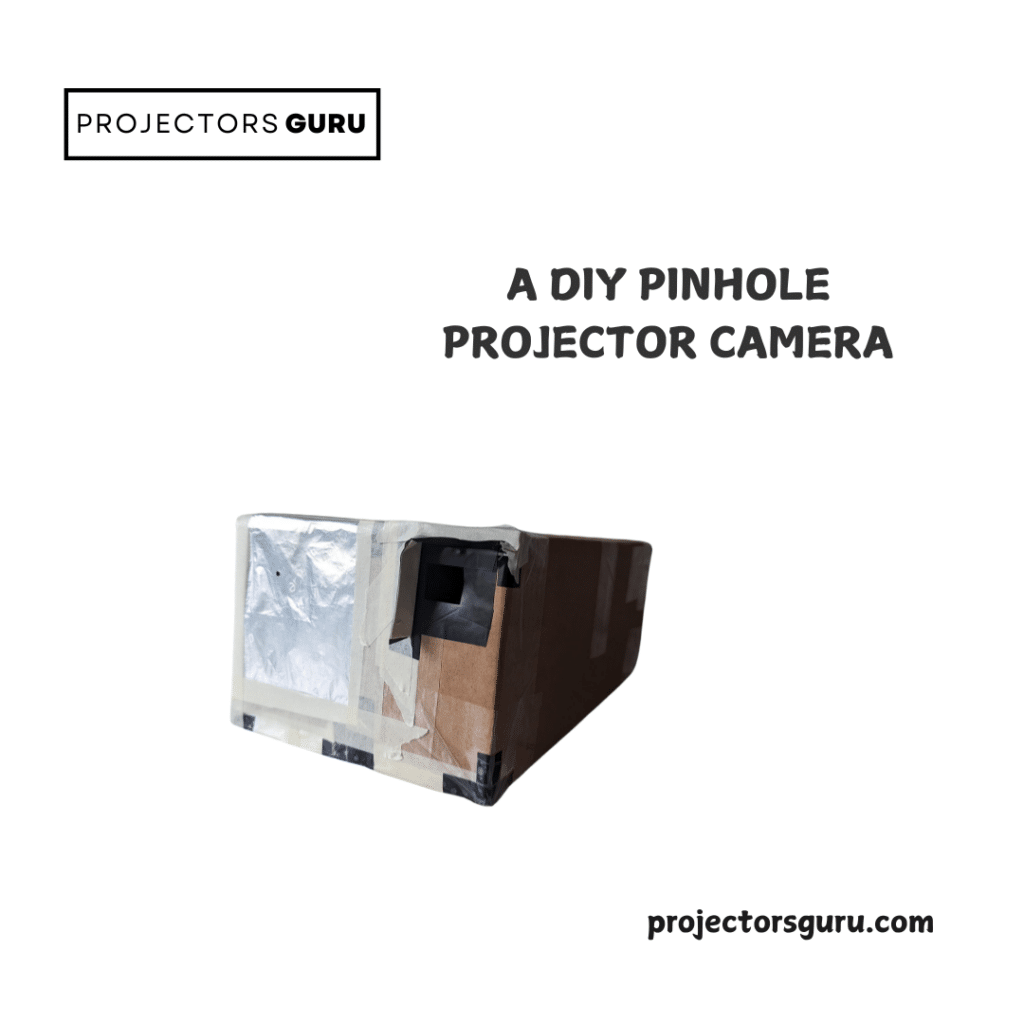
Final Thoughts
Summing up, a pinhole projector is an ingenious, low-tech device that mimics the effects of a camera obscura by projecting a reversed image of the sun. You can build one using just a shoebox, aluminum foil, and paper. Cover a tiny hole in the box with foil to take the picture and put the paper inside. The image is projected when light beams go through the small aperture.
In conclusion, with this setup, you may safely see solar eclipses, learn about the science of light, and have fun with solar phenomena.
GET READY TO WATCH THE AMAZING SOLAR ECLIPSE PHENOMENON!


